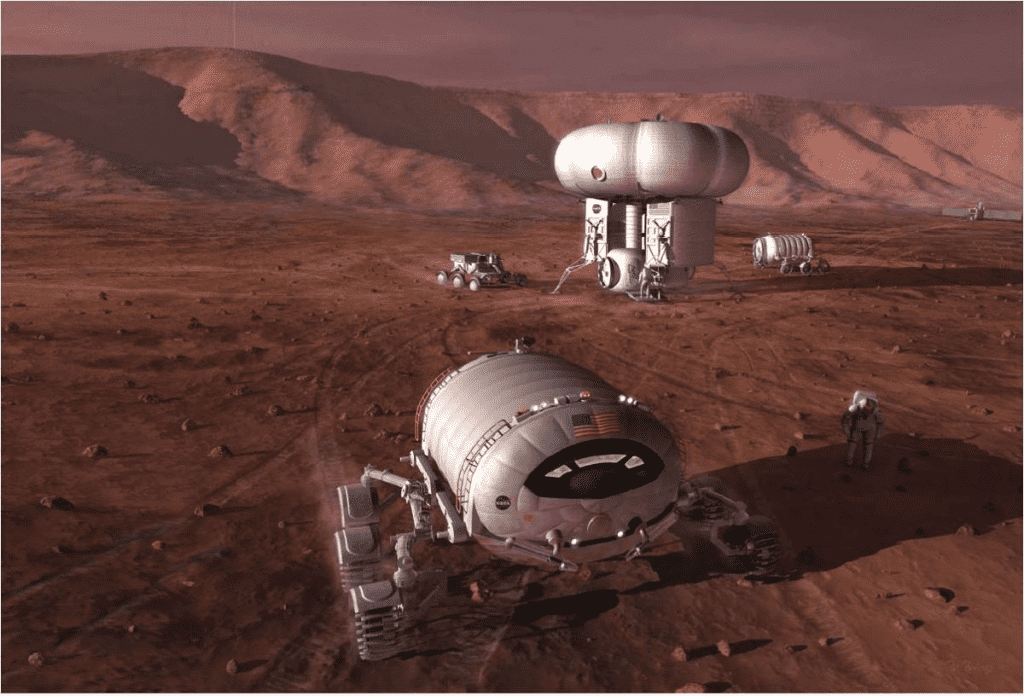NASA has announced that it is all set to send its first crewed mission of astronauts to Mars. This most awaited mission would last for 30 days after a long journey of 500 days from Earth to Mars, consisting of two astronauts for whom all the supplies and hardware are already available on Mars as a result of the previous robotic mission. However, NASA plans to carry forward with this mission between the 2030s and 2040s provided that the technology and the financial requirements are fulfilled for the successful launch of this operation.

NASA has unveiled the expected program along with some crucial details in a Youtube video in which the director of space architecture, Mr. Kurt Vogel, further explained that “We want to maximize the science, so we allow them to drive around before they become conditioned enough to get in the spacesuits and walk and maximize that science in 30 days.” This is the premature stage of this mission and NASA has asked its followers to give them feedback on this expected plan so that they can make changes accordingly.
As far as the sponsorship or agreements of this project are concerned, NASA is not taking up on these issues as of now because it is more concerned with inaugurating its first uncrewed mission known as “Artemis 1” to the Moon in the late 2020s. The mission would also serve as a real-time episode of practical experience for NASA through which it could escape any ambiguity in the upcoming crewed mission to Mars.
On the other hand, NASA said it is open to receiving any kind of feedback for this mission, which would also show how people will respond and what their expectations are from this mission, along with the recommendations provided.

Considering this, the deputy administrator of NASA, Mr. Pam Melroy, said, “The feedback we receive on the objectives we have identified will inform our exploration plans on the Moon and Mars for the next 20 years.” We’re looking to NASA and external stakeholders to help us fine-tune these objectives and be as transparent as possible throughout our process. With this approach, we will find potential gaps in our architecture as well as areas where our goals align with those of industry and international partners for future collaboration.”


